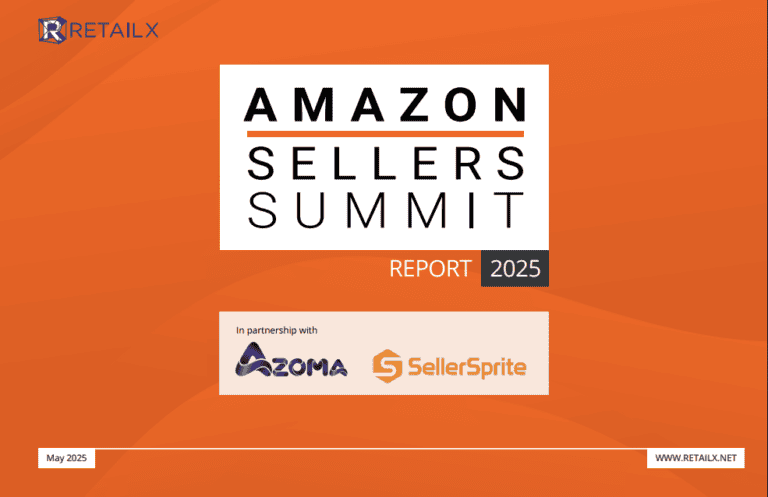With disposable income rising in developing markets, ecommerce merchants and marketplaces are pivoting towards these regions, driving a surge in cross-border ecommerce that could hit $3.3trn by 2028.
According to a new study by Juniper Research, cross-border ecommerce transaction values will grow by 107% globally over the next five years, while domestic ecommerce transaction values to grow by 48% over the same period.
It goes on to predict that some 33% of ecommerce spend by that date will be international, with much of driven by consumers in developing markets looking overseas for goods.
This, says the report, is due to the rapid expansion of key marketplaces, and how they have differentiated themselves. For example, JD Sports Fashion Group provides fast delivery times thanks to its strong logistics network. AliExpress offers considerably cheaper goods that offset the longer-than-preferred delivery times for consumers, while Amazon, Rakuten Advertising and Mercado Libre provide value-added services, like streaming and integrated financial services.
Marketplaces must offer a differentiated consumer experience to be successful, but must also add value for merchants, in order to sustain rapid growth.
Social D2C in the driving seat
The report also finds that in an increasingly social media-dominated advertising landscape, the leading vendors are effectively marketing directly to consumers. Central to competing with domestic merchants is appealing to digitally engaged users in a direct way; making social media advertising vital for success. For example, Temu has accompanied launches into new markets such as the UK & US with highly targeted direct advertising to users, fuelling rapid growth. Cross-border merchants must therefore correctly identify the right social media and digital advertising channels in each market, or risk losing out in the battle for tech-savvy consumers.
Marketplaces open the cross-border door
Commenting on the data, Tony Preedy, managing director of Fruugo, believes the strongest starting point for retailers is through cross-border marketplaces: “In today’s connected world, retailers in one country are no longer limited to reaching nearby customers. Supported by the right platforms and tools in place, they can sell to customers all over the world with ease and can gain exposure to high-growth markets such as Eastern Europe, which saw rapid online sales growth in 2022.”
Preedy says: “For many independent retailers, selling across borders can feel like an uphill battle as it requires resources and tools that they do not have in order to cope with the various complexities involved. However, the growth of digital marketplaces and the support they provide sellers has helped simplify the cross-border selling experience. In fact, most cross-border online sales are now made using these platforms.
“By selling on a marketplace, retailers benefit from placing their product in front of a new, worldwide audience that is continuously growing. The more marketplaces that sellers list on, the greater their total digital presence and the higher their overall sales. Many marketplaces also work on a ‘no sale, no fee’ basis, meaning retailers can sell their product with zero risk of loss – they will always be making a profit over the total transaction cost. With Juniper’s research predicting a rapid rise in cross-border ecommerce transactions, this provides a fantastic opportunity for retailers to quickly expand their brand at minimal risk to themselves.
“Retailers do not need to worry about the headaches that are often involved in traditional cross-border selling because marketplaces can minimise much of the technical work for sellers and help optimise marketing. For example, in many jurisdictions, marketplaces are responsible for the calculation and remittance of sales taxes depending on the type of goods and the customer’s location. They also integrate with local payment providers, screen orders for fraud, and take on the cost of currency conversion.
Preedy Concludes: “Through marketplace selling, retailers are instantly equipped with all the tools and services required to effectively capitalise on the growing demand for cross-border ecommerce and will be provided with more opportunities to thrive on both a local and global scale.”









